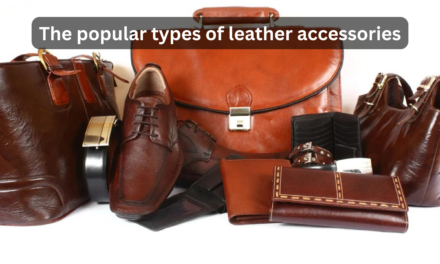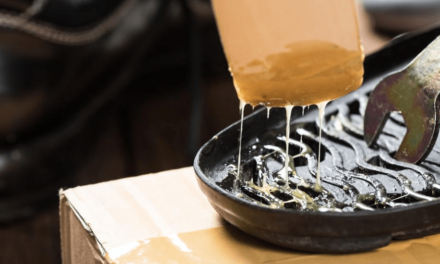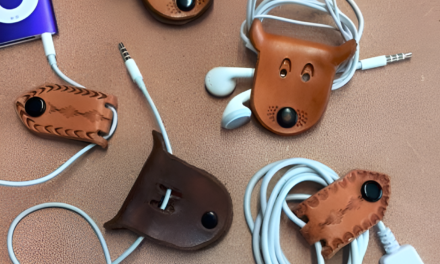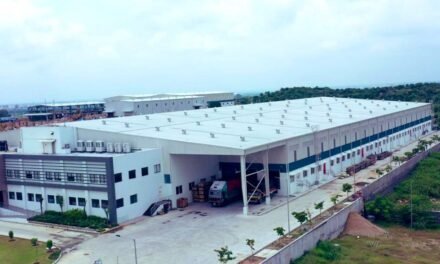Raw leather often contains defects caused by natural, environmental, or handling factors. These defects affect the quality, appearance, and usability of the leather, requiring tanneries to identify and address them during processing. Effective defect management ensures that the final processed leather meets the desired standards and market value.
1. Types of Major Defects in Raw Leather
A. Natural Defects
These defects occur on the animal’s hide during its lifetime due to environmental or biological factors.
- Scars and Cuts:
- Caused by barbed wire, accidents, or fights among animals.
- Scars can create inconsistent grain patterns or thin spots.
- Insect Bites:
- Small holes or blemishes caused by flies, ticks, or other insects.
- Common in animals raised in warmer climates.
- Stretch Marks:
- Found on parts of the hide where the skin stretches, such as the belly or neck.
- These areas tend to be thinner and weaker.
- Veins and Wrinkles:
- Prominent vein lines and wrinkles reduce the aesthetic value of the leather.
- Often found in older or thinner hides.
- Brand Marks:
- Intentional burns or cuts used for animal identification.
- Leaves permanent scars that are difficult to hide.
B. Handling and Processing Defects
These defects arise due to poor handling after the hide is removed from the animal.
- Flay Cuts:
- Uneven or careless skinning can leave deep cuts or gouges on the hide.
- Damages the surface layer, making it unusable for high-quality leather.
- Salt Stains:
- Improper or excessive salting during preservation can cause salt burns, discoloring parts of the hide.
- Grease or Blood Stains:
- Residual fats, blood, or tissue left on the hide during collection can lead to stains and bacterial growth.
- Uneven Drying:
- Improper drying of hides can cause hardening, cracking, or shrinking of the leather.
C. Tanning-Related Defects
Defects that arise during the tanning process due to improper treatment or chemical imbalances:
- Grain Damage:
- Excessive soaking or chemical treatment can damage the natural grain surface.
- Uneven Tanning:
- Inconsistent chemical penetration can cause variations in color and thickness.
- Acid Burns:
- Excess acid used during tanning can damage the hide, leaving permanent marks.
2. Handling and Correction of Defects During Processing
Leather processing aims to minimize or hide defects through sorting, trimming, and corrective treatments. Here are the key methods:
A. Sorting and Grading
- Hides are inspected and sorted into grades based on defect severity.
- Top Grade: Minimal defects, used for high-end leather (bags, footwear).
- Lower Grade: Hides with significant defects, used for split leather, bonded leather, or low-cost products.
B. Trimming and Cutting
- Defective areas, such as scars, holes, or flay cuts, are trimmed or cut out.
- Smaller hides or remnants are used for smaller leather goods like wallets, belts, or accessories.
C. Buffing and Sanding
- Top-Grain Leather: The hide’s surface is sanded or buffed to remove imperfections like scars, insect bites, or wrinkles.
- Creates a smoother, more uniform surface while sacrificing some of the natural grain.
D. Corrective Finishes
- Defects are often covered or corrected through finishing techniques:
- Embossing: Artificial grain patterns are stamped onto the leather to cover scars or uneven textures.
- Coating: Surface defects are hidden with pigmented finishes, giving the leather a uniform color and appearance.
- Polishing: Smooths out blemishes and gives the leather a more refined look.
E. Splitting and Processing into Lower-Grade Leather
- Hides with severe defects are split into lower layers for:
- Split Leather: Used for suede or coated leather products.
- Bonded Leather: Scraps and fibers are bonded with adhesives to create an affordable alternative.
F. Chemical Treatments
- Stains (e.g., salt, grease, or blood) are treated with chemical washes during soaking or liming stages to clean and disinfect the hide.
G. Dyeing and Coloring
- Defects like uneven grain or light scars can be masked with dyes and pigmented coatings during the finishing process.
3. Impact of Defects on End-Products
- Premium Leather Goods:
- Require hides with minimal defects, as these products highlight the natural grain and texture.
- Small defects may add uniqueness but must not compromise durability.
- Mid-Grade Leather Products:
- Minor defects are sanded, corrected, or covered with embossed patterns for a consistent look.
- Low-Grade Leather Products:
- Hides with significant defects are used for split leather, bonded leather, or products requiring heavy finishes.
4. Preventive Measures to Reduce Defects
Producers and tanneries can take steps to reduce defects during the sourcing stage:
- Improved Animal Care:
- Preventing insect bites, reducing exposure to sharp objects, and using safe branding methods.
- Proper Handling:
- Training workers to skin animals carefully to avoid flay cuts.
- Better Preservation:
- Proper salting, drying, and transportation to prevent bacterial damage.
- Quality Inspections:
- Conducting thorough checks during hide collection to identify and reject low-quality hides.
Conclusion
Raw leather defects, whether natural or caused during handling, directly impact the leather’s quality, usability, and market value. Tanners address these issues through techniques like sorting, trimming, buffing, and finishing. While premium leather goods require minimal defects, lower-quality hides are repurposed into split leather, suede, or bonded leather. By implementing preventive measures and proper handling practices, tanneries can reduce defects, ensuring better quality processed leather for various applications.
Hashtags
#LeatherDefectPrevention #CraftingwithLeather #LeatherExpertise #QualityAssurance #SustainableLeather #LeatherSupplyChain #LeatherGoods #LeatherCare #LeatherMaintenance #LeatherInspection #LeatherInnovation #LeatherTechnology #LeatherDesign #LeatherArtistry #LeatherKnowledge #LeatherPerfection #LeatherExcellence #LeatherPerfection #LeatherPerfection #LeatherPerfection #LeatherPerfection







